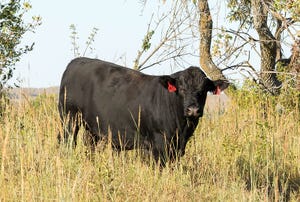'Lab On A Chip' E. Coli Detection
Detecting water and food-borne contaminants usually involves collecting a sample, sending it to a laboratory, and waiting for it to be filtered, incubated, tested, and identified under a microscope.
July 25, 2010

Detecting water and food-borne contaminants usually involves collecting a sample, sending it to a laboratory, and waiting for it to be filtered, incubated, tested, and identified under a microscope.
If a critical infection is suspected, say for E. coli, the pathogen may already have multiplied and spread before the report arrives days later.
A series of "lab on a chip" applications in development at the University of Arizona (UA) can identify pathogens in minutes rather than days, using a simple device that can deliver results locally.
The degree of accuracy is three orders of magnitude greater than for conventional real-time or rapid tests, and the method can be used to test lower concentrations of pathogens.
To read the entire article, link here.
You May Also Like



